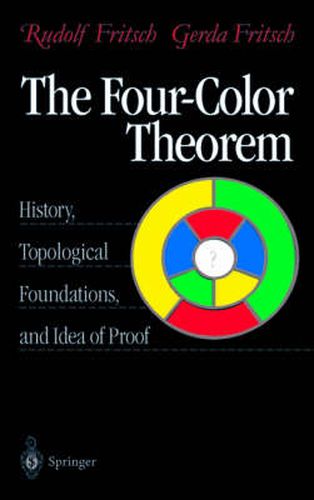Readings Newsletter
Become a Readings Member to make your shopping experience even easier.
Sign in or sign up for free!
You’re not far away from qualifying for FREE standard shipping within Australia
You’ve qualified for FREE standard shipping within Australia
The cart is loading…






This elegant little book discusses a famous problem that helped to define the field now known as topology: What is the minimum number of colors required to print a map such that no two adjoining countries have the same color, no matter how convoluted their boundaries. Many famous mathematicians have worked on the problem, but the proof eluded fomulation until the 1950s, when it was finally cracked with a brute-force approach using a computer. The book begins by discussing the history of the problem, and then goes into the mathematics, both pleasantly enough that anyone with an elementary knowledge of geometry can follow it, and still with enough rigor that a mathematician can also read it with pleasure. The authors discuss the mathematics as well as the philosophical debate that ensued when the proof was announced: Just what is a mathematical proof, if it takes a computer to provide one - and is such a thing a proof at all?
$9.00 standard shipping within Australia
FREE standard shipping within Australia for orders over $100.00
Express & International shipping calculated at checkout
Stock availability can be subject to change without notice. We recommend calling the shop or contacting our online team to check availability of low stock items. Please see our Shopping Online page for more details.
This elegant little book discusses a famous problem that helped to define the field now known as topology: What is the minimum number of colors required to print a map such that no two adjoining countries have the same color, no matter how convoluted their boundaries. Many famous mathematicians have worked on the problem, but the proof eluded fomulation until the 1950s, when it was finally cracked with a brute-force approach using a computer. The book begins by discussing the history of the problem, and then goes into the mathematics, both pleasantly enough that anyone with an elementary knowledge of geometry can follow it, and still with enough rigor that a mathematician can also read it with pleasure. The authors discuss the mathematics as well as the philosophical debate that ensued when the proof was announced: Just what is a mathematical proof, if it takes a computer to provide one - and is such a thing a proof at all?